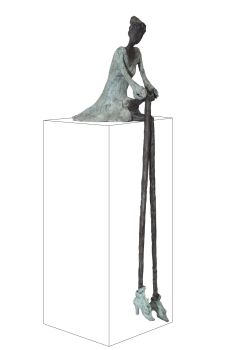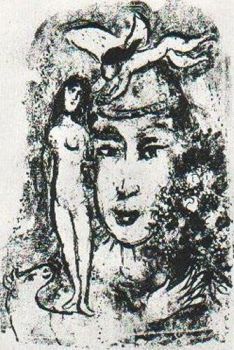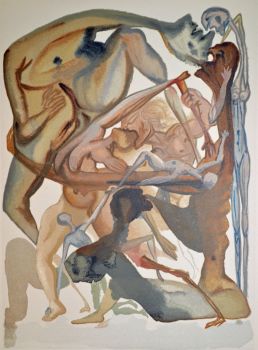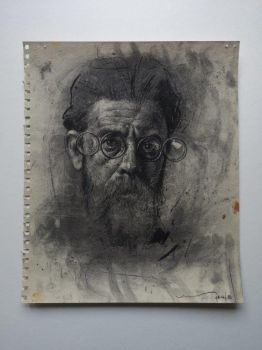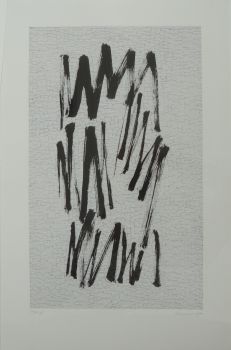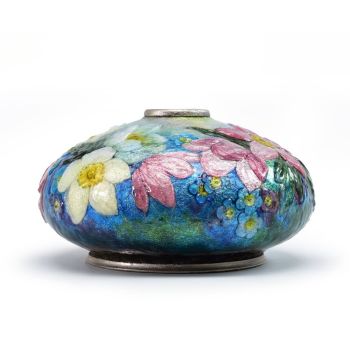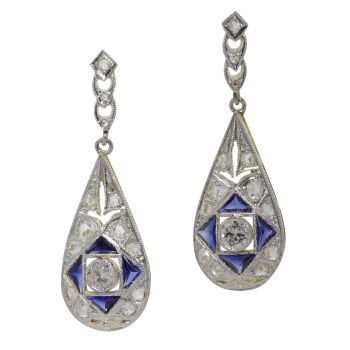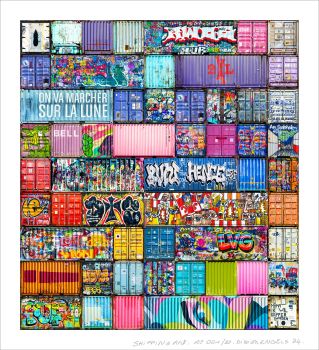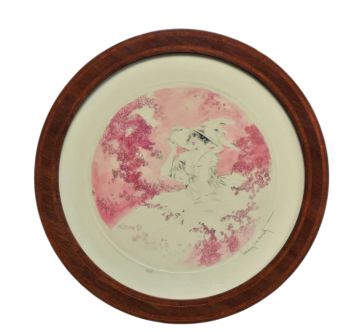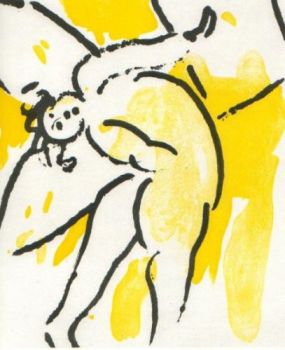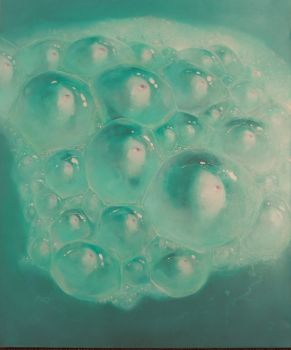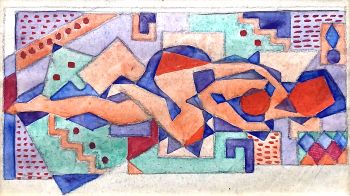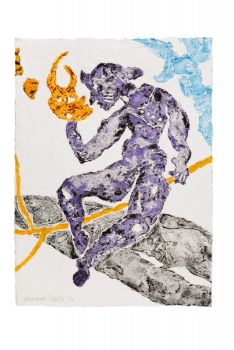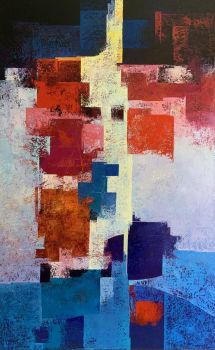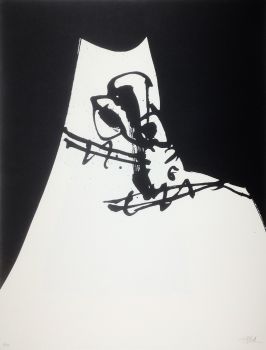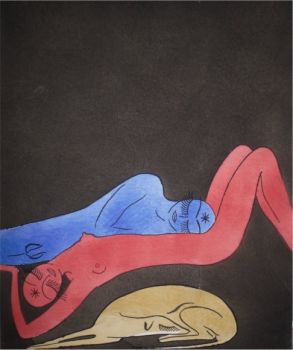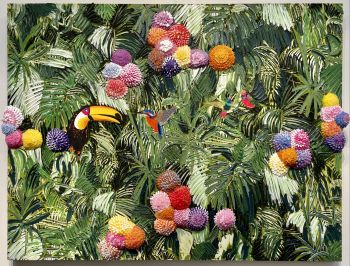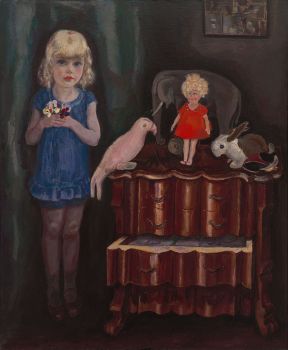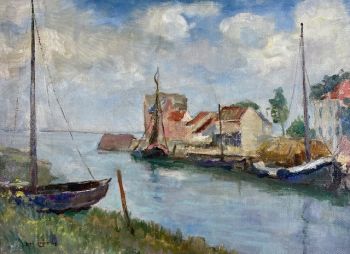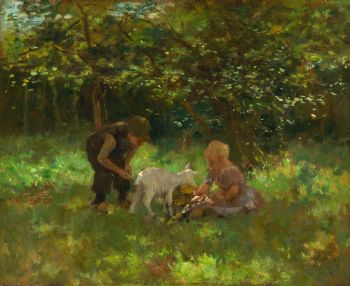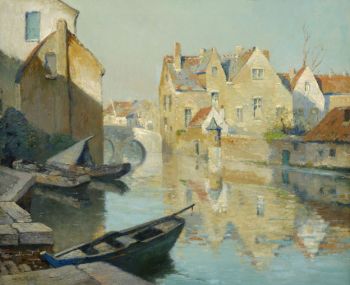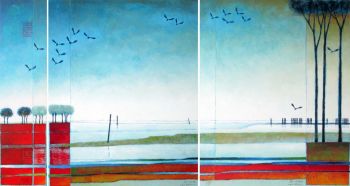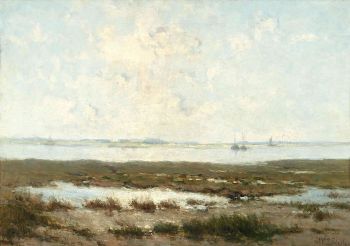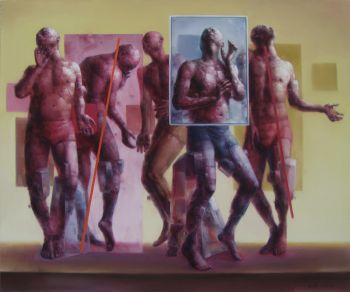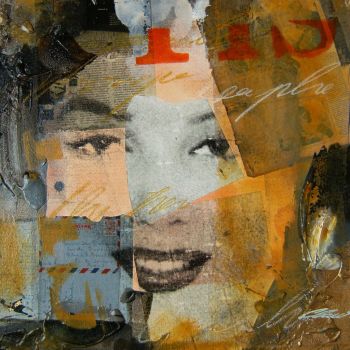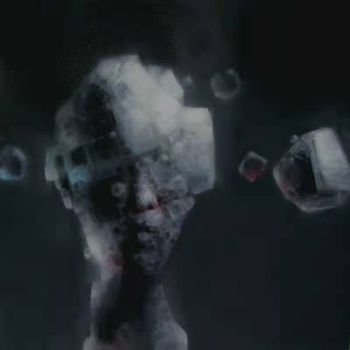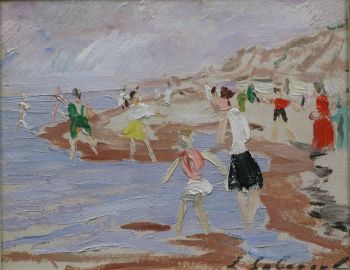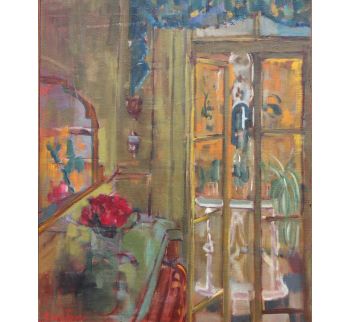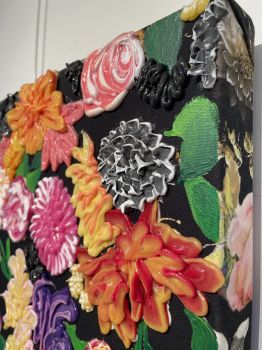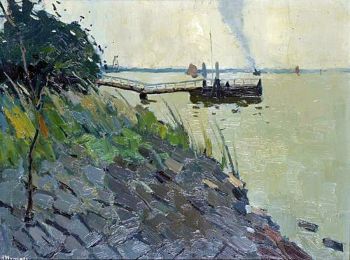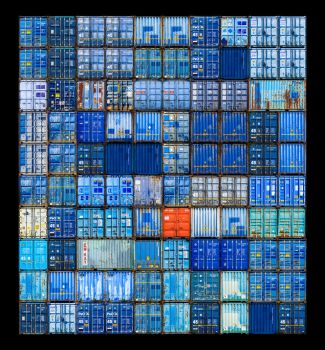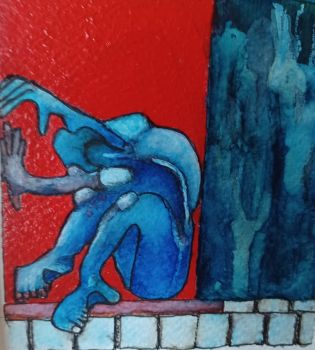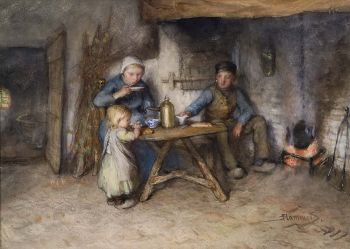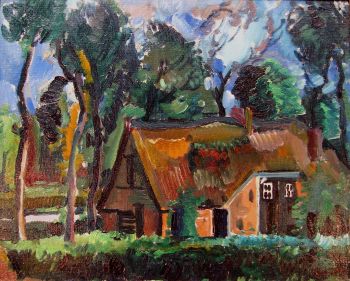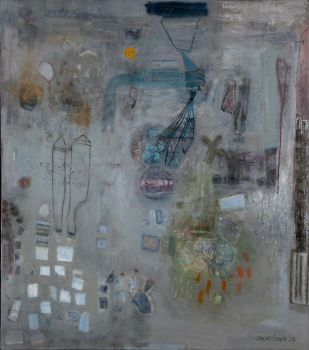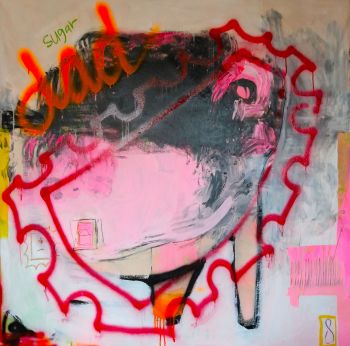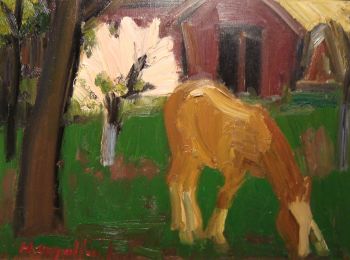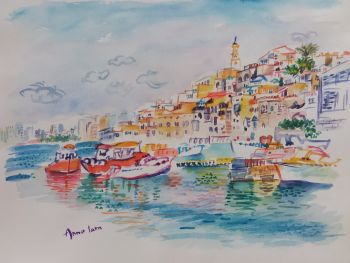About the artist
For Lucie van Dam van Isselt (1871–1949), later known as one of the Veerse joffers, picturesque Veere was the ideal place to devote herself to art. This year marks 150 years since she was born. In the summer of 1907, after her divorce, Lucie established herself as an independent artist in Veere. She had already visited Veere regularly with her niece, the Domburg painter Mies Elout-Drabbe (1875–1956). Lucie van Dam painted, watercoloured, drew and etched cityscapes, a single landscape and many portraits.
The artist of stature was best known for her 'small' work as a flower painter. A regularly recurring subject are 'little girls', which were portrayed almost every year in oil or watercolor. She was encouraged in her art by the Flemish luminist Théo Van Rysselberghe (1862–1926), who regularly stayed in Veere. He advised her to start etching in addition to oil paint and watercolor.
In 1909 Lucie remarries the dreaded art critic Albert C.A. Plasschaert (1874–1941). Despite their strong cultural interest, the marriage does not last. Lucie van Dam van Isselt will live and work in Veere for over twenty-five years.
In 1933 she moves to The Hague where she dies in 1949, a few days before her 78th birthday.

